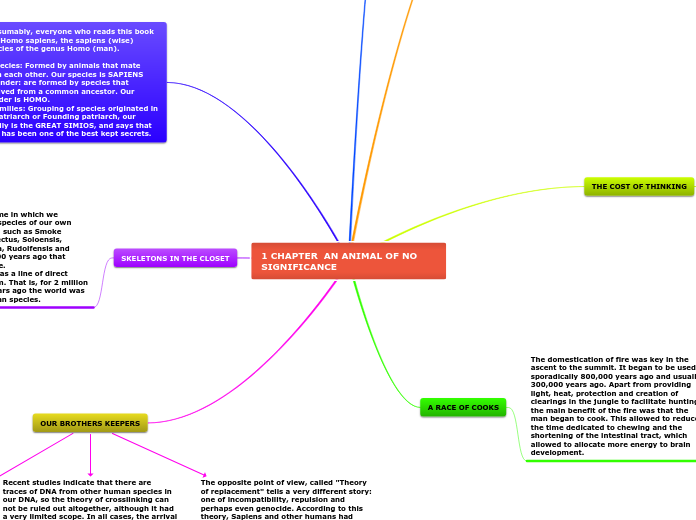por omar pachon 6 anos atrás
293
Un_animal_sin_importancia
The spread of Homo sapiens from East Africa around 70,000 years ago led to significant interactions with other human species in Eurasia. Two main theories explain these interactions:

por omar pachon 6 anos atrás
293

Mais informações